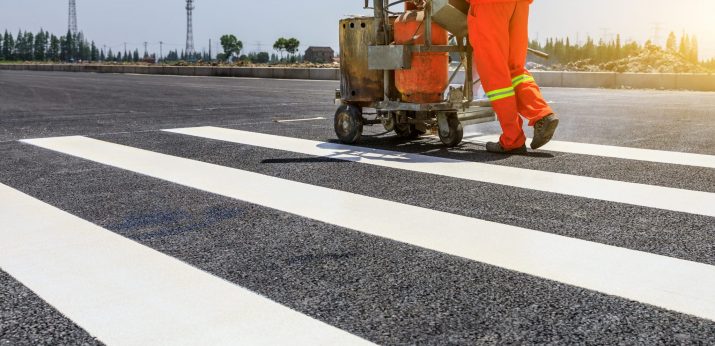The United States is the fourth largest nation in the world by land mass, so it’s no surprise that there’s ample infrastructure of roadways to traverse it. From New Jersey to Washington and Alaska to Texas, a vast network of roadways facilitates commerce, commuting, and leisure travel.
How many miles of road in the U.S. offer passage between cities and states? Which state has the most roads?
Understanding Road Mileage in the U.S.
According to the U.S. Department of Transportation (DOT) Federal Highway Administration, public roads throughout the country total 8,483,969 lane miles.
Road miles, or centerline miles, are calculated by measuring a single lane on a given roadway, while lane miles are extrapolated by multiplying centerline miles by the number of lanes. This data is gathered by state DOT offices.
Criteria for Road Mileage Comparison
Road mileage may be compared by total miles, but datasets can also account for factors like land area, route type, population, population density, and even geographic diversity.
Top States With the Most Roads
What state has the most highways? Large states and those with greater population or population density tend to have the most road miles.
Texas: The Giant Road Network
The state with most roads is also the one with the most road miles — Texas. At less than half the size of Alaska, Texas is the second largest state by land mass, but it has more than 21 times the roadways, with 654,923 total miles, according to the U.S. Department of Transportation. This includes 16 interstate highways totaling 3,233 miles and 45 U.S. highways.
California: Extensive and Diverse Roadways
The third largest state, California, has roughly 60% of the land mass of Texas and a corresponding 60% of the road miles. California has 386,604 total road miles crisscrossing the state, including 25 interstate highways and a whopping 318 state highways.
Illinois: Filling the Gaps
Illinois boasts a total of 292,789 total lane miles, including 2,185 miles of interstate highway and 15,969 miles of state highways, earning it the number three spot for what state has the most roads.
Other Notable Mentions
States with considerable land area and populations tend to feature more roadways, but several smaller states also boast significant road miles, including:
- Kansas: 286,642
- Minnesota: 283,828
- Florida: 267,793
- Pennsylvania: 253,838
This could be attributed to higher population density or strategic value to overall infrastructure, among other reasons.
Comparing Road Density — Small States With Many Roads
Naturally, larger states would feature a lot more road miles. However, smaller states can still have significant road density which is the ratio of the road network to land mass.
New Jersey: A Compact Road Network
Despite having a land mass of just over 8,700 square miles (about 3% the size of Texas), New Jersey has 84,281 miles of public roadway, or about 12% of the number of roads in Texas. This could be attributed to population density; while Texas ranks at 26 on this list, New Jersey is number two.
Rhode Island and North Dakota: Small but Mighty
At 175,960 public road miles, North Dakota has roughly 27% of the road coverage of Texas and is about 26% of the size. Rhode Island, on the other hand, is only 1,545 square miles, or less than half of 1% of the size of Texas, but has about 2% of the total road miles at 13,520 miles.
Challenges Facing States With Extensive Road Networks
Despite a commitment of $454 billion to infrastructure upgrades via the Bipartisan Infrastructure Law, communities with extensive road networks face issues like funding for specific projects, environmental concerns, and balancing maintenance of existing roads against the need for expansion.
Roads Are Essential
Roadways are essential for connecting people and businesses, especially in regions with large land areas, populations, or traffic volumes.
When you consider how road infrastructure impacts your daily life and the local economy, it’s easy to see why maintaining and expanding roadways is so important.













